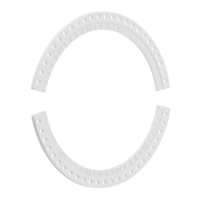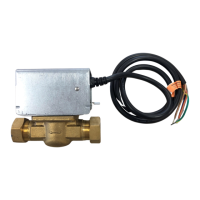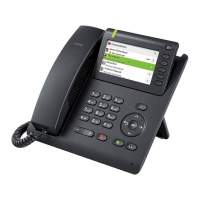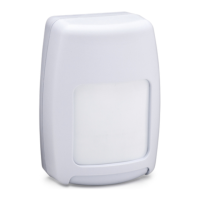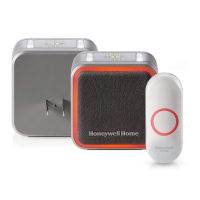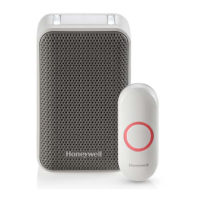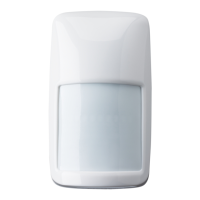MPD Operating Manual
13
2. Installation
WARNING
The Code of Practice regarding ‘Selection, Installation and Maintenance of
Electrical Apparatus for use in Potentially Explosive Atmospheres’ must be
complied with at all times. Refer to the appropriate local and/or national regulations
relative to the installation site. Elsewhere the appropriate local and/or national
regulations should be used.
CAUTIONS
The catalytic detector element is resistant to catalyst poisons, however, abnormally
high concentrations of halogenated hydrocarbons, vapors of heavy metals or
compounds, some silicone compounds and sulfur compounds may cause loss of
sensitivity.
The MPD must never be used in conditions where there is insufficient oxygen to
totally oxidize the combustible gas. For most combustible gases, an oxygen level
of at least 15% is sufficient.
The sintered disc on the sensor assembly must be kept free from contaminants;
i.e. oil and dirt.
2.1 Unpacking
On receipt the equipment must be carefully unpacked, observing any instructions
printed on the packaging, and the contents checked for deciencies and transit
damage.
2.2 Sensor Orientation
The sensor must be installed with the Sensor facing downwards. For MPD-BT-
IC1 and MPD-UT-IC1 performance approval, the supplied SPXCDWP weather
protector must be installed in order to meet published performance standards. In
environments requiring IP66 protection, the SPXCDWP must be tted.
2.3 MPD Remote Mount
The MPD can be remote mounted using an approved junction box and
interconnecting conduit or cabling. The Junction Box and installation must be in
compliance with all local requirements for the area in which the unit is installed.
• The MPB UT versions must be installed a minimum of 5 1/4 turns into the
Junction box or Transmitter to maintain approval rating.
• The MPD Leads are factory sealed, which relieves the requirement for a
pour tting between the junction box and sensor.
UL/CSA Aluminum Junction Box
2441-0022
ATEX/IEC Junction Box
00780-A-0100
Figure 8. Terminal Housings

